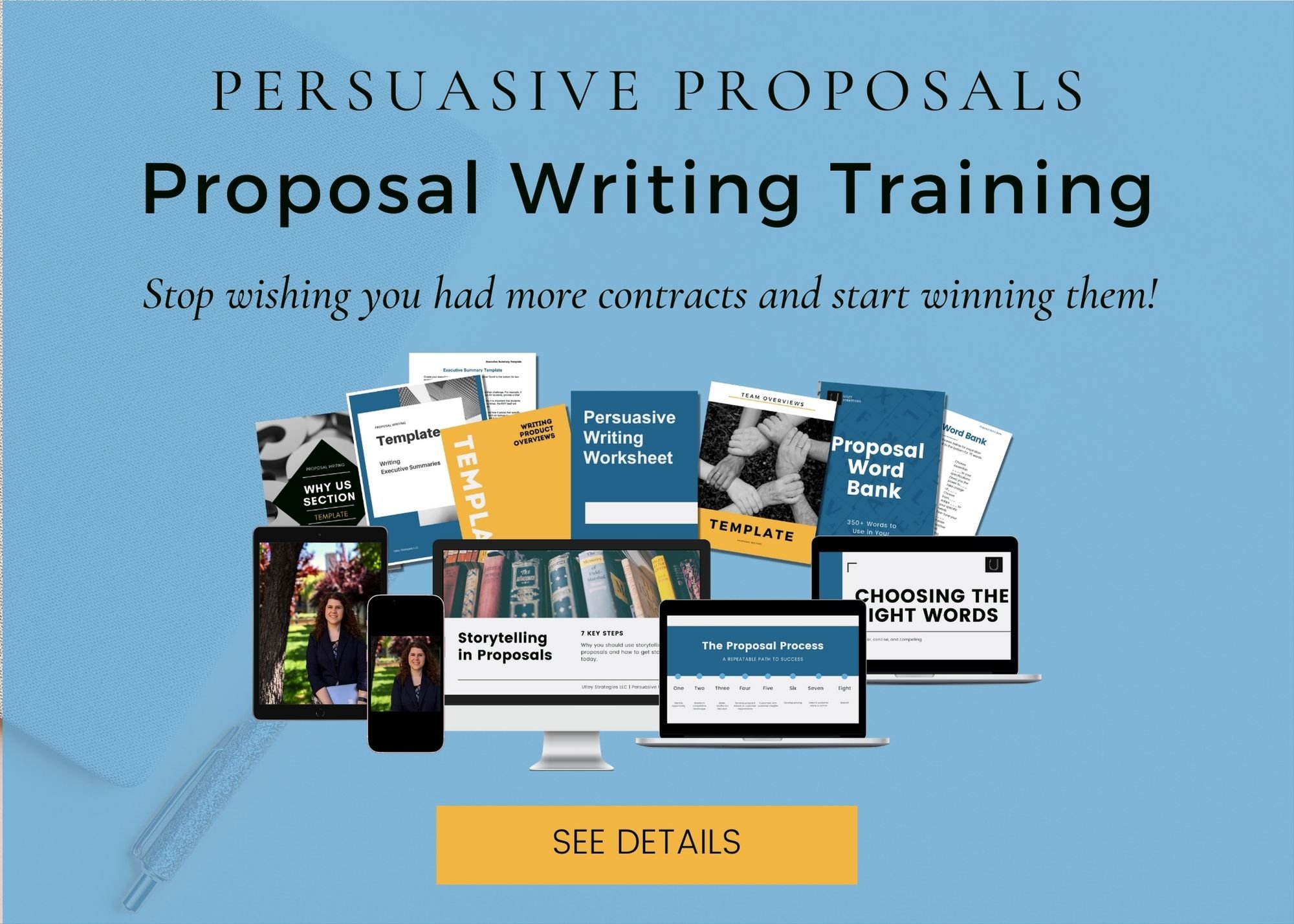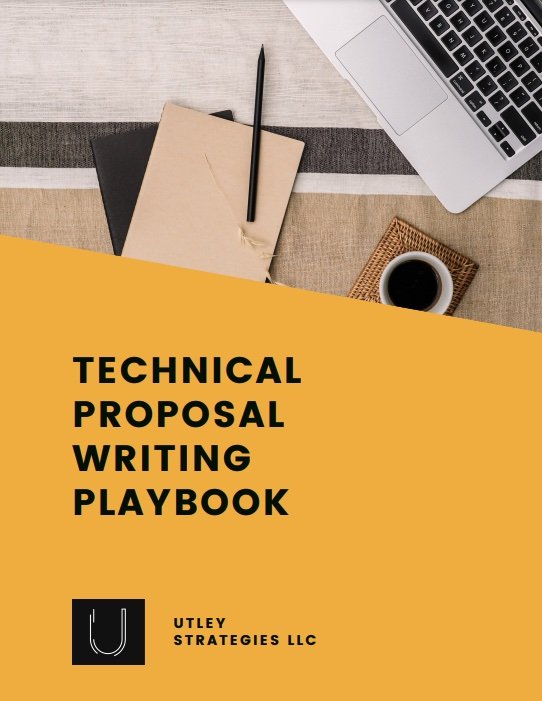Stuck with Writer’s Block? How to Overcome It.
“I hate writing proposals” is one of the most common comments we hear. And, honestly, why wouldn’t you hate writing proposals? They have tight deadlines, high pressure, often a lot of competition, and for RFPs, a ton of questions you have to answer. Fortunately, there are some ways to make the process a little less painful. Today we’re sharing our favorite tips to make creating winning proposal content easier.
Create Notes
This may sound obvious, but before you start writing your proposal, draft notes with key points that you want to highlight in your proposal. If you are better at talking through ideas, you can speak out loud and transcribe your notes later or record a conversation with a trusted colleague discussing how you will win the proposal. Oftentimes you can pull proposal content directly from your notes, and this low-stakes way of creating content will allow you to be more creative and focus on what truly matters.
Develop Outline
Once you have notes, you can use those to develop your outline. If you’re responding to an RFP, they likely will have an exact format you need to follow. If there isn’t an RFP, you can create your own proposal format.
Within the outline, copy and paste related sections from your notes document. If there are any sections missing notes, jot down a few notes to get the ideas started.
First Draft = Low Expectations
The first draft is always the hardest. Fortunately, you won’t be starting from a blank page because by this point, you’ll have your outline with notes created. When drafting content from the notes, keep your expectations low. If you find that you’re not happy with the content you’re writing, instead of quitting, try to make it as awful as you can. It may seem counterintuitive, but by allowing yourself to create awful content, you’re still creating content, and odds are, it’s not as bad as you think. The first draft allows you to document all of the ideas, and then the revisions are where you finalize the content.
Limit Distractions & Set Timeframe
When creating your proposal content, set a clear timeframe for how long you will work on it. For example, if you have a meeting in 40 minutes, dedicate the next 40 minutes exclusively to developing your proposal content. Setting daily goals for what sections to complete also makes proposal writing easier. Splitting the content down into bite sized chunks always helps. Just make sure your sections can realistically be completed within the timeframe.
Limit distractions during the time that you’re working on proposal content. Leave your phone in another room or place it in a drawer on silent. Turn on background music to block out any unusual sounds. Turn off email notifications or other distractions. Write for your defined time without worrying about anything else and watch your to-do list shorten.
Enlist Help
If after all this effort, you’re still struggling to create your proposal content (or you simply don’t have the time), enlist help. Have the intern draft the first version or a close colleague. You can always hire professional proposal help to develop content as well. There’s no point in wasting time and making yourself miserable if there’s someone who can help. However, with the tips above, you should find that creating proposals isn’t as bad as you thought it was.



